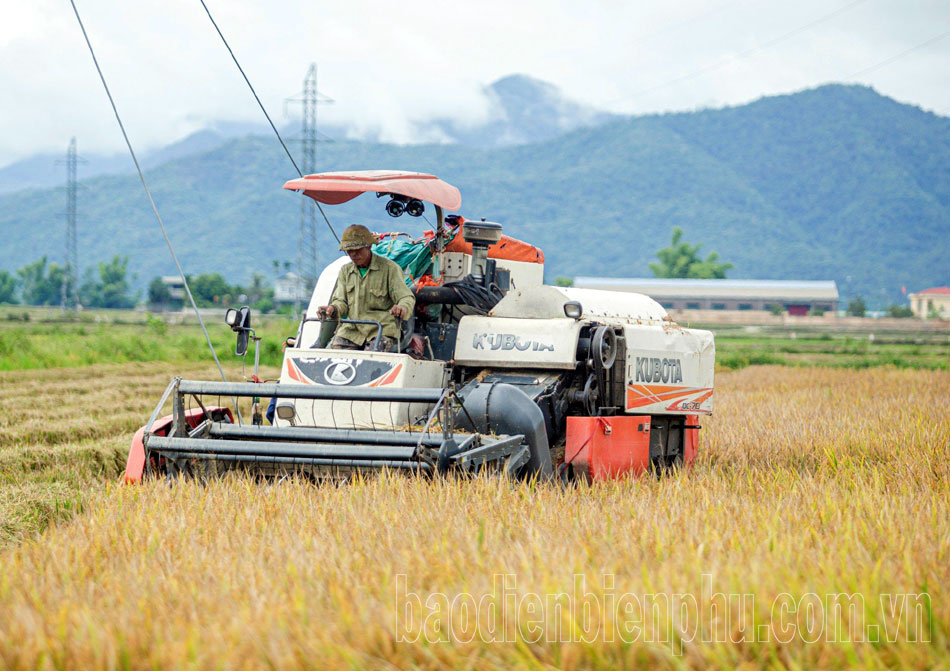
With an area of over 4,100 hectares, Muong Thanh field is the main rice production area of the province and the Northwest region. Some areas in Muong Thanh field have planted a single variety of rice, organic care and when harvested, cooperatives buy, process and sell high-quality rice. These are areas with links and investments between cooperatives, enterprises and farming households. The unit invests in rice seeds, fertilizers, guides on care techniques and when harvested, it will buy processed rice, mill it into specialty rice. Specialty rice is packaged, branded and sold to many provinces and cities with a much higher value than traditional rice. Some Dien Bien rice products have met OCOP standards, are famous for their stickiness, deliciousness and have affirmed their position in the Vietnamese rice market.
The model of linking production and consumption of high-quality rice has been implemented in the communes of Thanh Chan, Thanh Yen, Thanh Xuong (Dien Bien district) with positive results, with 176 households participating with an area of over 70 hectares. After the end of the model, the linkage between households and the host unit was still maintained because people were clearly aware of the model's effectiveness. The simultaneous application of technical measures to the single-variety rice production area, mechanization of production stages, and effective pest management have reduced production costs, increased productivity and quality of rice. In particular, the concentrated production area has reduced the rate of mixed rice and weeds, and the rice plants have grown and developed well. The use of pesticides has been significantly reduced.
The structure of rice varieties in rice production is changed to suit each crop season according to the motto of limiting pests and diseases, improving productivity, output and quality of rice. Previously, people mainly planted IR64 and Bac Thom No. 7 rice varieties, but now these varieties have degenerated, people have switched to Seng Cu, Thom and Hana varieties. Linking production with enterprises and cooperatives according to the model of one-variety fields until harvest is purchased and processed, both increases the value of agricultural products and changes people's awareness in applying plant care techniques.
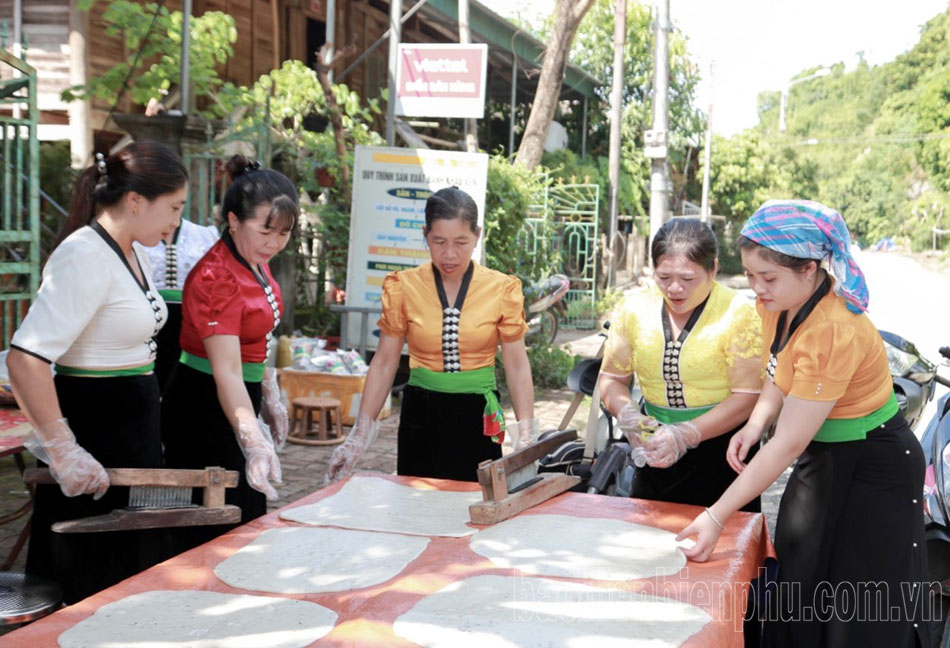
In addition to rice, the basin area of Dien Bien district is a large vegetable growing area of the province. The whole Dien Bien district has more than 2,100 hectares of vegetables, of which the basin area alone is more than 1,700 hectares. Vegetable growing areas are concentrated in the communes of Thanh Luong, Thanh Hung, Pom Lot, Noong Luong, Thanh Xuong. Professional agencies of Dien Bien district regularly guide people to apply VietGAP processes and safety standards for quality vegetables, ensuring food hygiene and safety. Vegetable products are almost not processed, harvested and sold raw. The climbing bean product of Noong Luong General Agricultural Cooperative is recognized as meeting OCOP standards, helping the Cooperative aim to distribute to industrial parks, supermarkets, etc. Processing of vegetables and fruits needs to be focused on to increase the value of agricultural products.
Implementing agricultural restructuring, Dien Bien district has mobilized people to renovate mixed gardens and grow fruit trees in a cooperative manner. The total area of fruit trees in the basin has reached over 1,200 hectares, of which in 2023 alone, the whole district will plant nearly 100 hectares of new fruit trees including green-skinned grapefruit, jackfruit, longan, dragon fruit, and guava. Fruit trees help people have stable jobs and increase income per unit area.
In the communes of Si Pa Phin, Cha Nua, and Phin Ho of Nam Po district, green squash has been grown in greenhouses, in association with Ha An Cooperative of Muong Nhe district to export squash to Hanoi . In addition to green squash, this area also grows passion fruit, creating a delicious aroma; currently, the focus is on exporting and introducing passion fruit to consumers in Dien Bien Phu city.
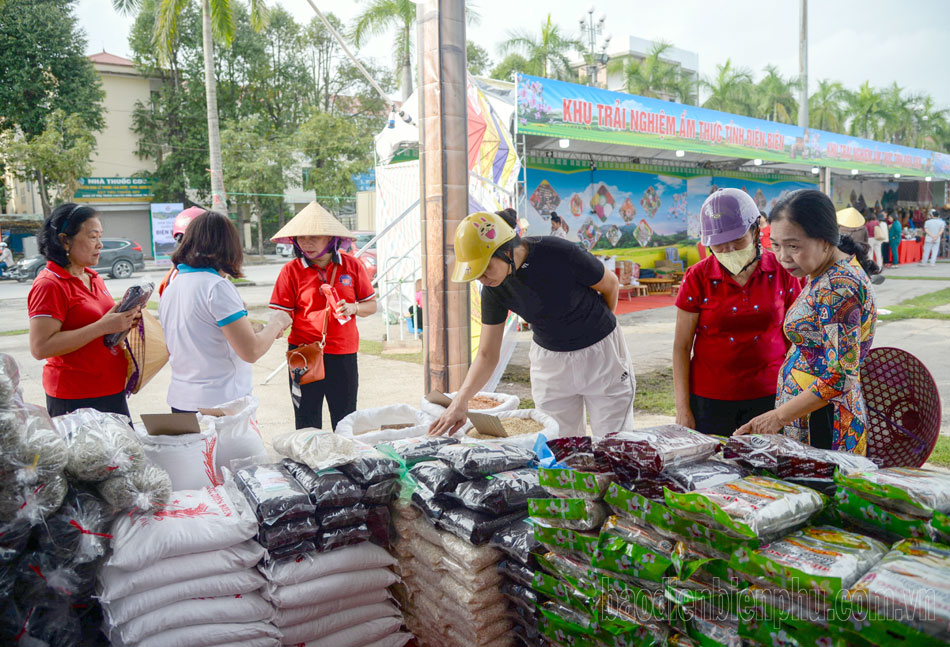
In fact, the soil conditions in each locality are suitable for each type of crop, but the linkage of production - processing - consumption of agricultural products has been and is bringing about practical benefits and efficiency. The linkage models help people change their production thinking and improve quality, ensuring output and consumption of agricultural products. However, in reality, there are not many linkage models in the province, agricultural products are still sold raw, easily falling into the situation of "good harvest, low price". Small-scale, fragmented production not only makes it difficult to take care of, the output and consumption of agricultural products are unstable, the value of agricultural products is not high, and it is difficult to preserve and store.
To promote chain-linked production, the Government has issued Decree 98/2018/ND-CP on policies to encourage cooperation and linkage in production and consumption of agricultural products; Dien Bien has Resolution 05/2018/NQ-HDND on policies to support the development of agricultural and forestry production to restructure the agricultural sector in the province. The implementation of policies to support production linkages helps people to be trained in safe, organic, high-tech farming techniques, bringing about clear economic efficiency compared to traditional production. According to calculations by the industry, growing safe vegetables reduces production costs by 10-15%, output increases by 15-25%, and profits increase by 30-35 million VND/ha. Linking production of single-variety fields using mechanization reduces production costs and increases profits by 15-20 million VND/ha. The practical benefit is that through linkage, people access knowledge to implement linkage contracts; change production organization methods from small-scale, fragmented to developing commodity products, from extensive to intensive farming.
The benefits of production linkage are clear. People, businesses and cooperatives need to strengthen linkages from production, crop care to harvesting, processing and consumption, contributing to increasing the value of Dien Bien agricultural products.
Source



![[Photo] General Secretary To Lam receives Chief of the Central Office of the Lao People's Revolutionary Party](https://vphoto.vietnam.vn/thumb/1200x675/vietnam/resource/IMAGE/2025/5/30/140435f4b39d4599a3d17975dfb444c5)


![[Photo] National Conference "100 years of Vietnamese Revolutionary Press accompanying the glorious cause of the Party and the nation"](https://vphoto.vietnam.vn/thumb/1200x675/vietnam/resource/IMAGE/2025/5/30/1cf6cd5c8a934ebfa347028dcb08358c)

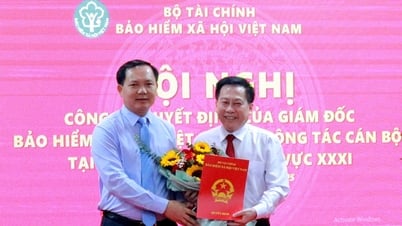

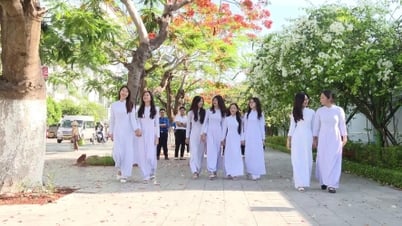
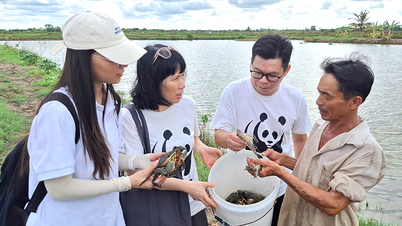
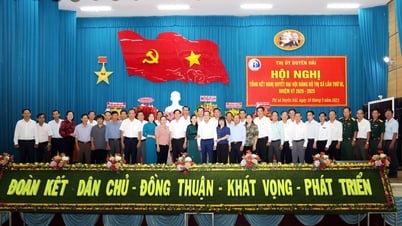






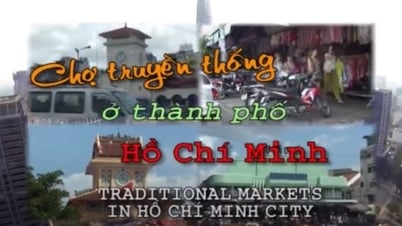




![[Photo] Journalists moved to tears at the Memorial Service for the soldiers who died in Gac Ma](https://vphoto.vietnam.vn/thumb/1200x675/vietnam/resource/IMAGE/2025/5/30/9454613a55c54c16bf8c0efa51883456)





























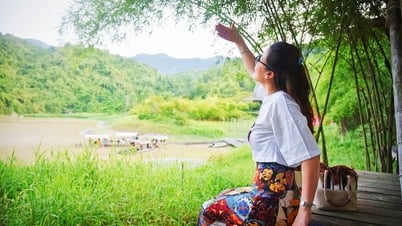
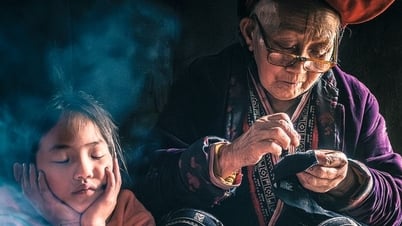

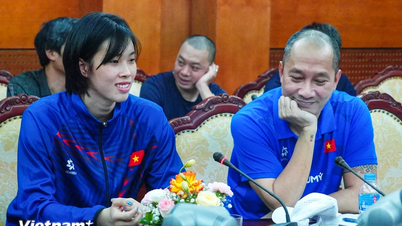




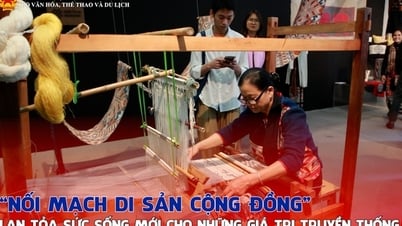




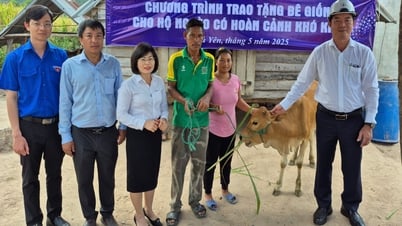

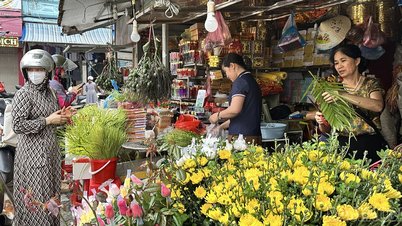

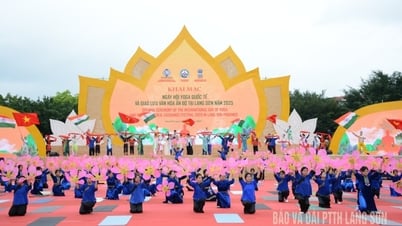
















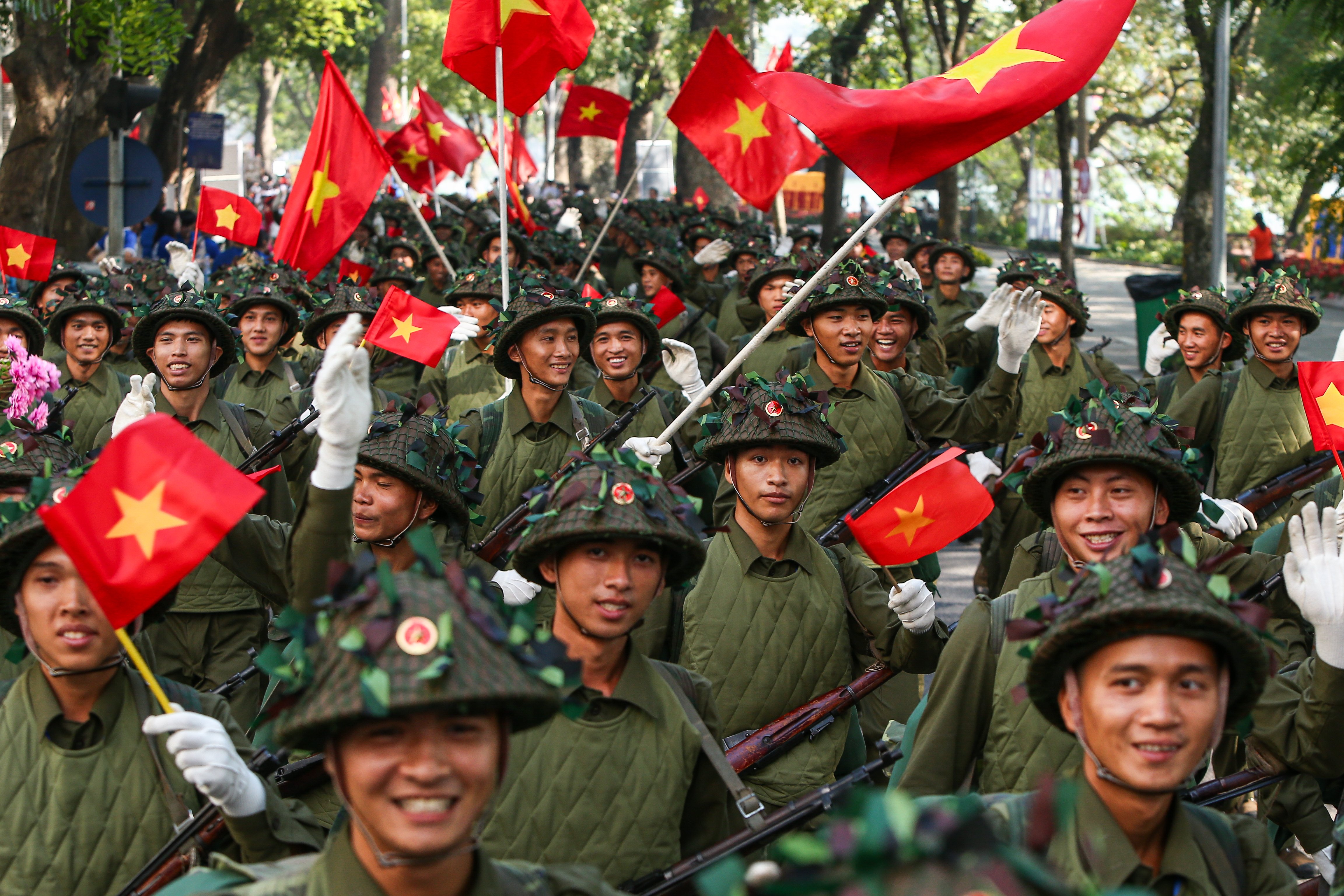



Comment (0)